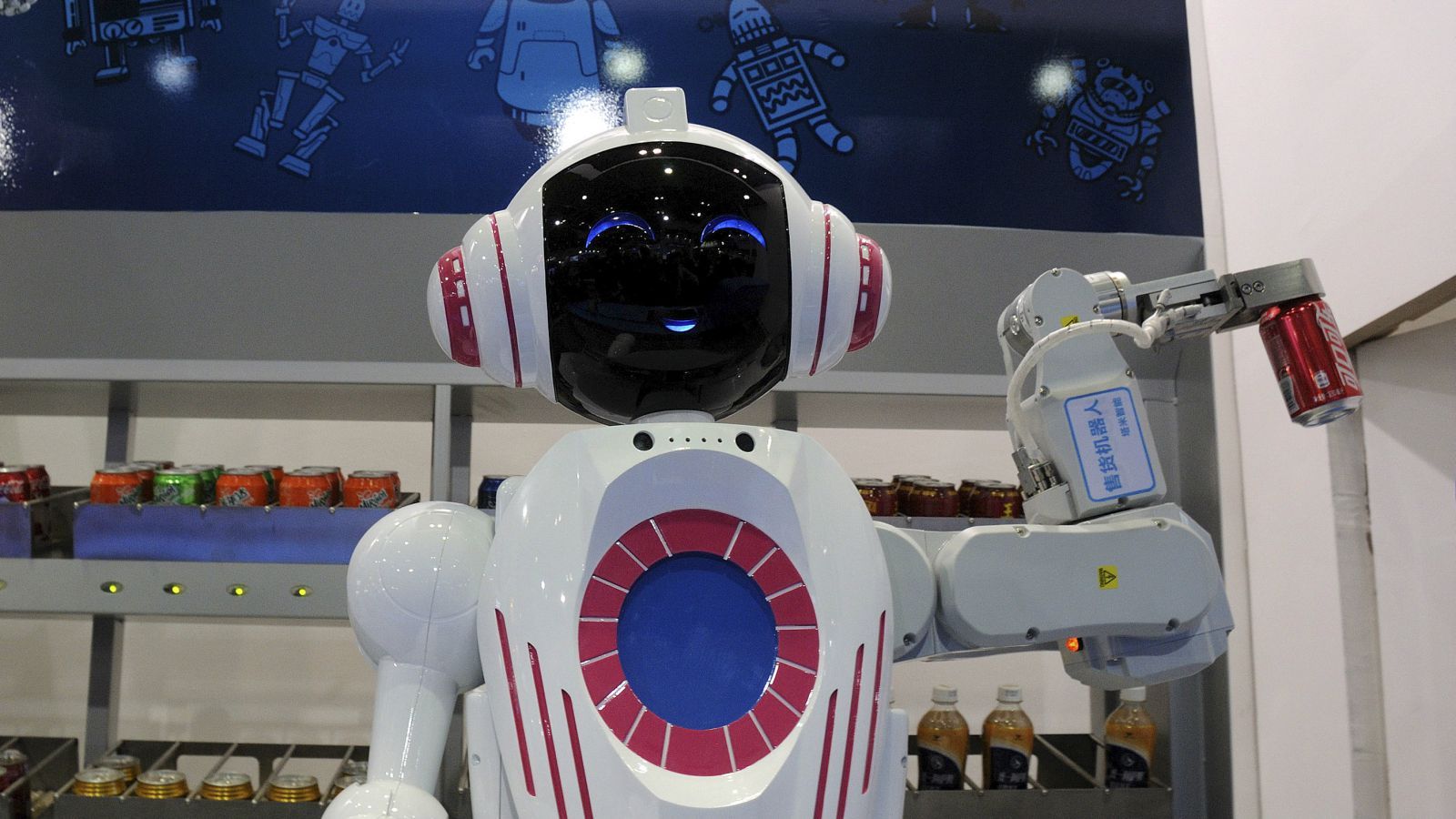In a bid to get around terrestrial height restrictions, Clouds Architecture Office has proposed suspending the world’s tallest skyscraper from an asteroid, leaving residents to parachute to earth.
New York-based Clouds Architecture Office drew up plans for Analemma Tower to “overturn the established skyscraper typology” by building not up from the ground but down from the sky by affixing the foundations to an orbiting asteroid.
“Harnessing the power of planetary design thinking, it taps into the desire for extreme height, seclusion and constant mobility,” said the architects, who have previously drawn up proposals for space transportation and a 3D-printed ice house on Mars.









